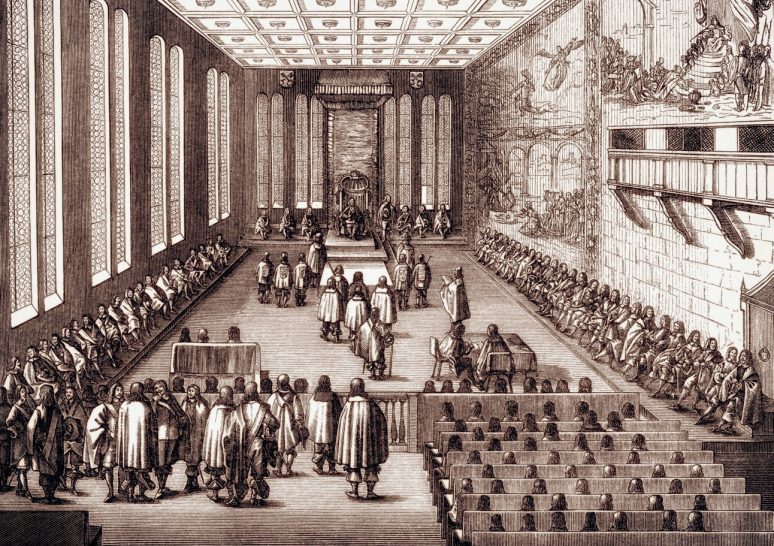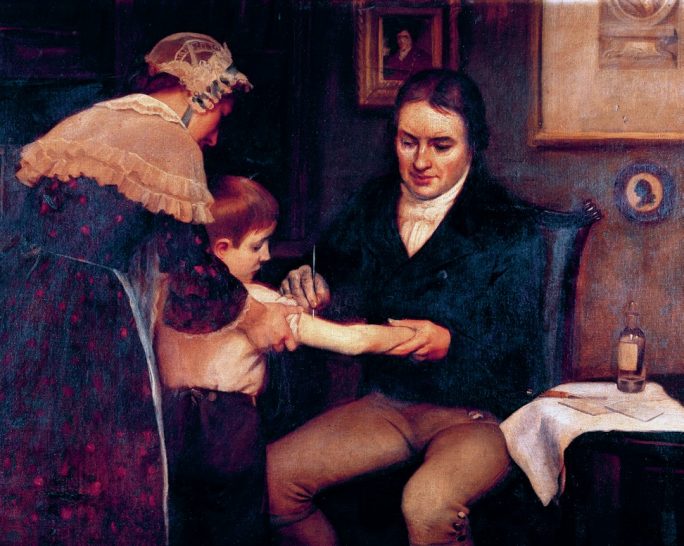
In 1620, Francis Bacon, advocate of the scientific revolution, argued that printing was one of three things that ‘have altered the face and state of the world’ — the others being gunpowder and the compass. After the innovation of movable type by Johannes Gutenberg in the mid-fifteenth century, printing presses spread rapidly in Europe (parts of Asia had printing centuries before this).
By 1500, there were more than 1000 printing shops across Europe. By the seventeenth century print output in England had expanded, thanks to the debates generated by the civil wars and the lapse of prepublication censorship, from an average of 6000 titles in the 1630s to 20,000 in the 1640s. England, Holland, Switzerland and Germany were precocious in their expansive print culture. Other countries, particularly where the government or church maintained a strong hold on cultural life, had slower uptakes.
Your organisation does not have access to this article.
Sign up today to give your students the edge they need to achieve their best grades with subject expertise
Subscribe




